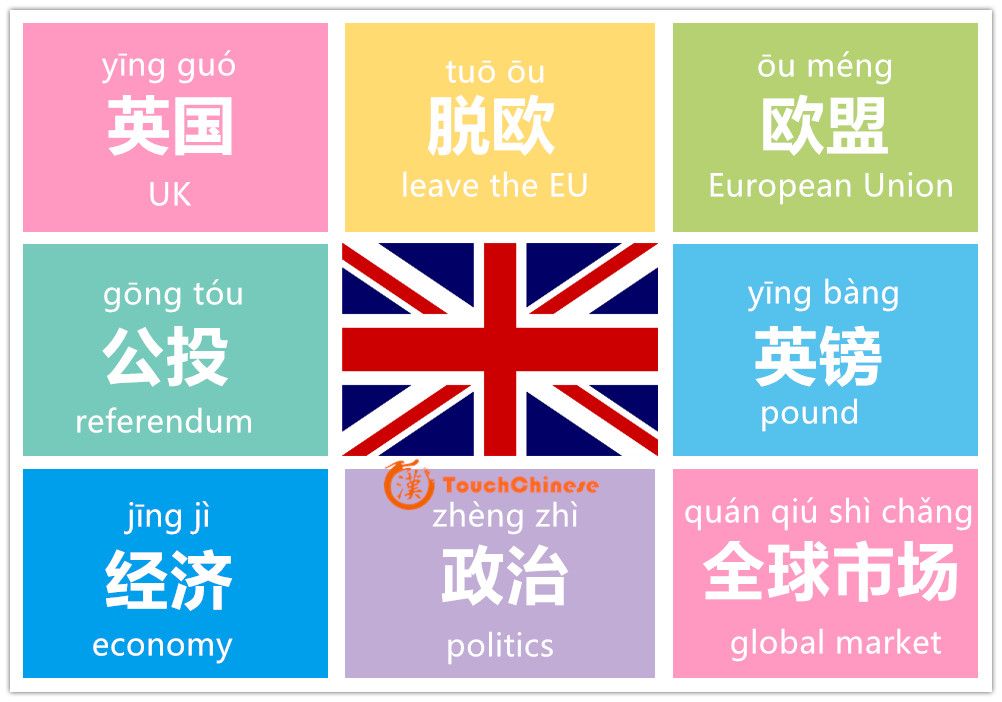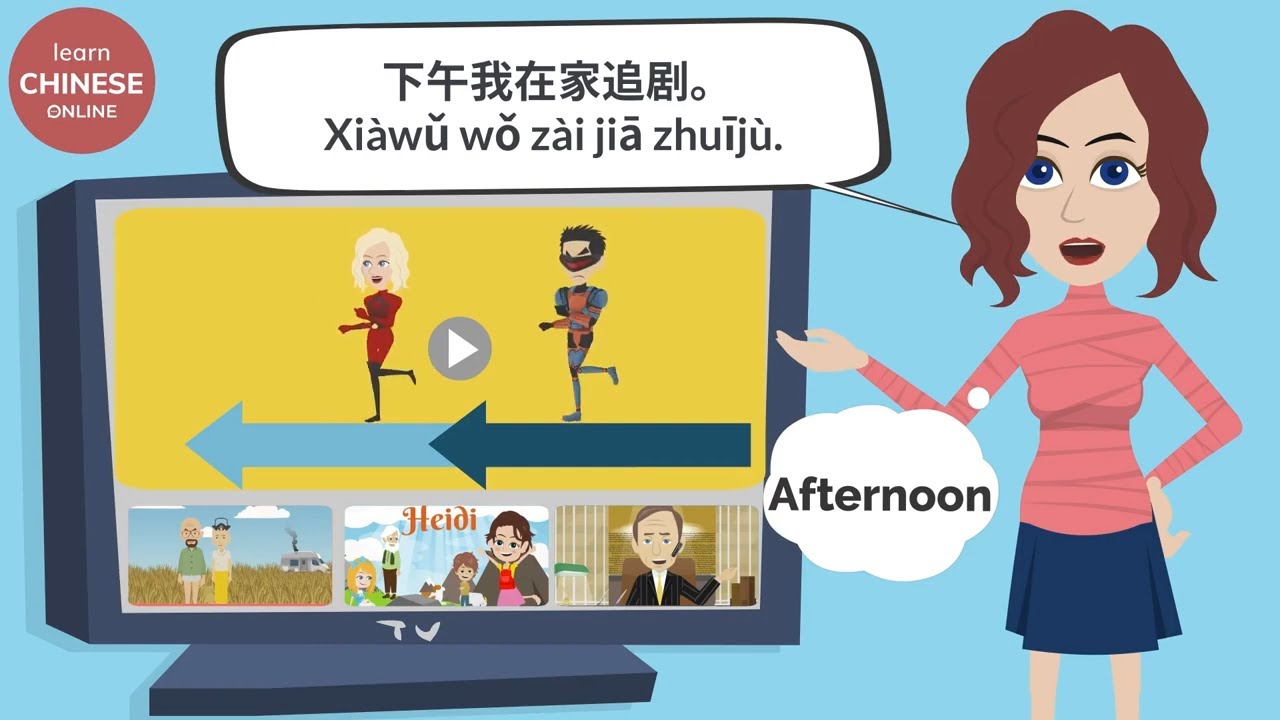“Today” in Chinese – Ways to talk about the present day
In the ever-evolving landscape of digital content, the quest to create high-quality, engaging articles that can outrank competitors is akin to a thrilling adventure. As a seasoned SEO and senior copywriter, I’m here to guide you through the intricacies of optimizing an article titled “Today in Chinese – Ways to Talk About the Present Day” […]
In the ever-evolving landscape of digital content, the quest to create high-quality, engaging articles that can outrank competitors is akin to a thrilling adventure. As a seasoned SEO and senior copywriter, I’m here to guide you through the intricacies of optimizing an article titled “Today in Chinese – Ways to Talk About the Present Day” in a format befitting the business world. Let’s embark on this journey to craft a compelling piece that not only ranks high on Google but also resonates with readers.
Understanding the Significance
The Present Moment
The present day, or “today,” carries immense significance in our lives. It’s the canvas upon which we paint our aspirations and take the first steps towards our dreams. In Chinese culture, expressing the concept of today is not limited to a single word. It’s a nuanced realm filled with diverse expressions, each imbued with its own charm and connotations.
Unveiling the Chinese Language
Chinese, with its rich history and intricate script, provides a treasure trove of ways to talk about the present day. From formal to informal, from classical to contemporary, let’s delve into the linguistic gems that adorn the concept of today in Chinese.
The Versatile Vocabulary of Today

1. 今天 (Jīntiān)
Definition: The Standard “Today” Usage: Jīntiān is the most straightforward way to say “today” in Chinese. It’s the equivalent of our everyday usage and serves as the baseline for discussing the present day.
2. 本日 (Běnrì)
Definition: The Literary Touch Usage: Běnrì is the choice when you want to infuse a touch of literary elegance into your conversation. It’s often seen in written works or formal settings.
3. 当下 (Dāngxià)
Definition: The Here and Now Usage: Dāngxià encapsulates the essence of the present moment, emphasizing the immediacy and current state of affairs.
4. 此刻 (Cǐkè)
Definition: The Precise Instant Usage: Cǐkè zooms in on the exact moment you’re experiencing, making it perfect for dramatic or poetic expressions.
Cultural Insights and Nuances

Understanding the cultural context is paramount when discussing today in Chinese. It’s not merely a linguistic endeavor; it’s an exploration of tradition, values, and the contemporary way of life. To fully grasp the essence of today in Chinese, we must journey through its diverse cultural landscapes.
The Yin and Yang of Time
In Chinese philosophy, time is often viewed through the lens of Yin and Yang, where contrasting forces—light and dark, past and future—exist in harmony. This perspective can be seen in the language used to describe today, where each word carries its own unique blend of meanings.
The Impact of Modernization
China’s rapid modernization has given rise to new expressions of today, reflecting the country’s dynamic evolution. Understanding these nuances is vital for anyone seeking to engage with Chinese audiences.
Crafting Content that Resonates

To create content that not only ranks high on Google but also captivates readers, it’s essential to strike a balance between informative and engaging. Here are some strategies to achieve just that:
1. Storytelling
Weaving a narrative around the various ways to express today in Chinese can make the content relatable and memorable. Share anecdotes, real-life examples, or cultural references to enhance reader engagement.
2. Visual Elements
Incorporate visually appealing elements like images, infographics, or video snippets to break up the text and make the content more digestible.
3. Practical Applications
Offer practical insights, such as when and how to use specific phrases in conversations or writing. This provides value to readers beyond theoretical knowledge.
Customer Review – Gen Z Perspective

Gen Z, the trailblazers of the digital age, bring a fresh and dynamic perspective to the table. Here’s a review from a Gen Z customer, capturing the essence of “Today” in Chinese.
“OMG, guys! So, I was checking out Japanfollow.com, and they’ve got this super cool article about “Today” in Chinese – Ways to talk about the present day. It’s lit! ???? The article breaks down all these awesome Chinese phrases for today, and it’s not some boring language lesson, trust me. It’s like learning Chinese with a twist! The Gen Z in me totally vibed with it. So, if you’re looking to flex your language skills or just want to sound low-key cool, check it out on Japanfollow.com. Totes worth it! ????”
Conclusion
In the ever-expanding digital universe, crafting content that stands out is both an art and a science. By exploring the nuances of “Today” in Chinese and understanding the cultural context, we can create a captivating piece that resonates with readers and ranks high on Google. Remember, it’s not just about words; it’s about connecting with people in a meaningful way.
So, whether you’re a language enthusiast or simply curious about how the present day is expressed in Chinese, dive into this linguistic journey on Japanfollow.com. Unlock the beauty of “今天,” “本日,” “当下,” and “此刻,” and embrace the richness of the Chinese language.
key words
- learn chinese
- how to say i love you in chinese
- how to say hello in chinese mandarin
- Thank you in Chinese 2024







